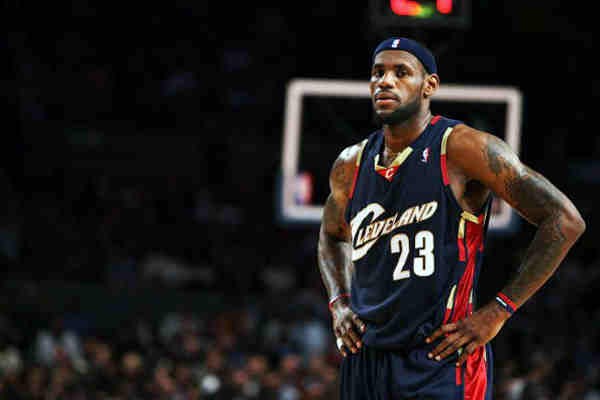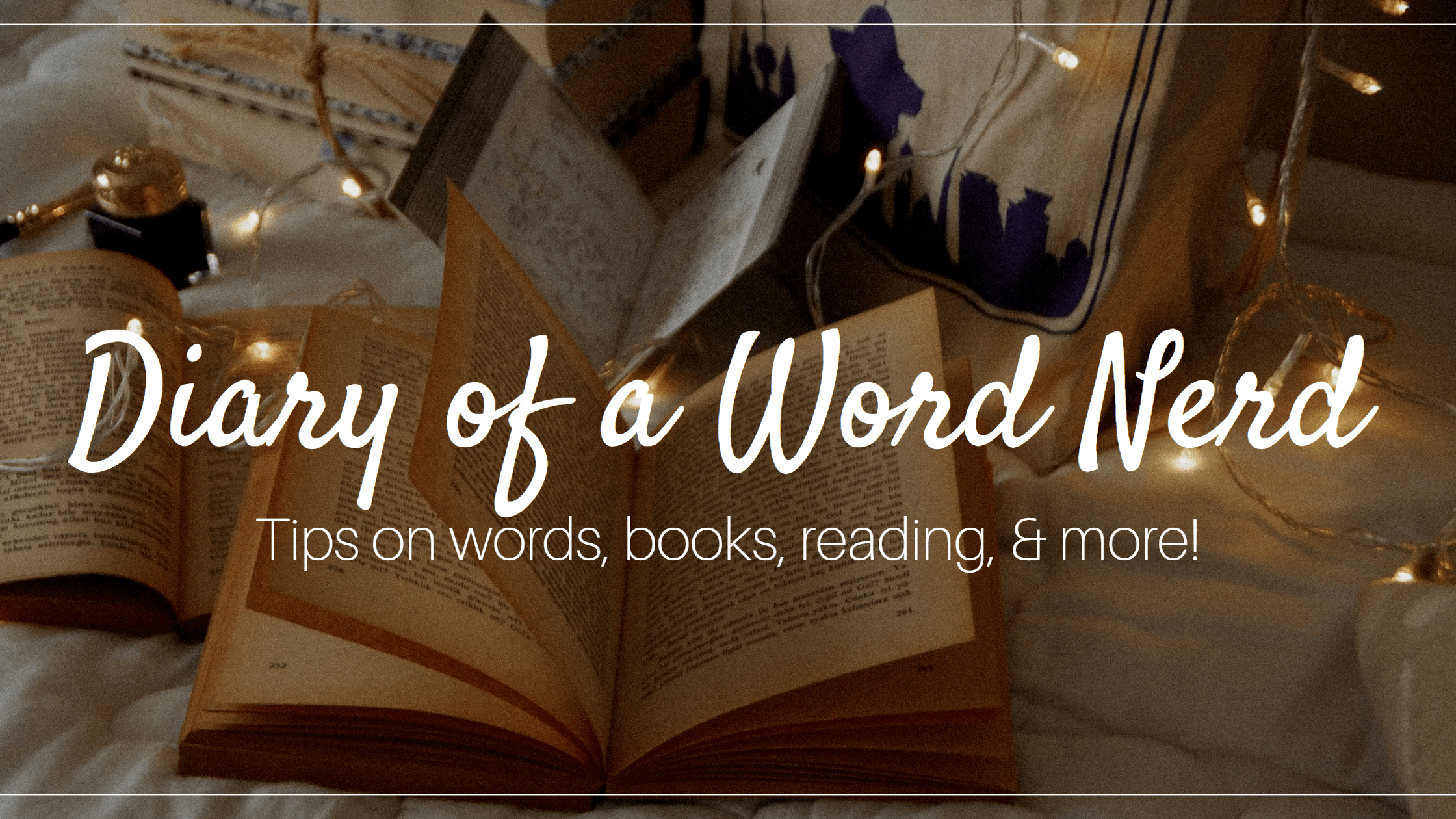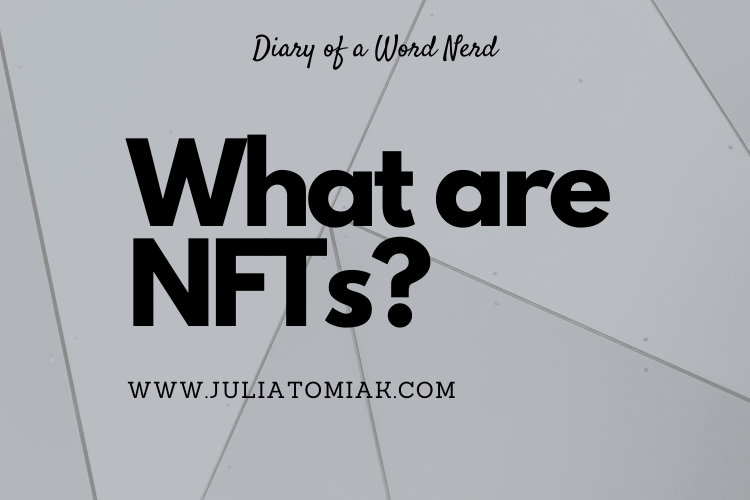First, “fungible” caught this Word Nerd’s attention. Is that a real word? Yes, actually. More on that later. Second, I wanted to understand this latest craze in trading and cryptocurrency, especially since some believe non-fungible tokens, or NFTs, can be a way for creatives to finally get proper compensation for the work they produce.
Explaining NFTs
Let’s start with the word fungible. According to Merriam-Webster, fungible is an adjective meaning “being something (such as money or a commodity) of such a nature that one part or quantity may be replaced by another equal part or quantity in paying a debt or settling an account”. It also means flexible. Since NFTs are non-fungible, it means they cannot be replicated or replaced.
But what exactly is an NFT? According to a Reuters explainer article and Morning Brew, an NFT is a digital asset, such as an image, a GIF, a video clip, a piece of digital art, or even a Tweet (!) that has a unique digital signature and therefore cannot be replicated. When one buys an NFT, either with cryptocurrency or dollars, they don’t get anything physical. However, their proof of ownership exists on a blockchain, which is a public record or ledger of the asset’s authenticity and ownership.
Word Nerd note: a blockchain is a kind of database. Information is entered in blocks and added to previous blocks, creating a irreversible timeline of data. A blockchain is decentralized, meaning no bank or entity owns it. The information exists as encrypted bits on various computers.
Some examples of digital assests that have sold as NFTs:
- a video clip of a LeBron James slam dunk
- Twitter founder Jack Dorsey’s first tweet
- a music video

Why are NFTs important?
NFTs have been around since at least 2017, but they have gained popularity in the past year, perhaps because the pandemic has forced people to stay home and spend more time on the Internet. Some people also have more money to spend because they aren’t doing things like attending concerts, dining out, and traveling. NFTs are also another way to invest and make money; NFTs can be bought and resold, and their value has been spiking. A LeBron James slam dunk sold for $208,000 back in February 2021, and in March, bids on Jack Dorsey’s tweet hit $2.5 million. At the end of March, the American artist Beeple sold a digital piece for $69.3 million.
Some people believe that NFTs will be the future of ownership – that all property, such as homes and cars, will be “tokenized” in this way. For artists, NFTs offer a way to monetize digital work. One benefit of NFTs for creators is that each time an NFT is traded, the producer of the piece gets a royalty. This is good news for musicians, artists, and writers who have seen their work devalued in an increasingly digital world.
However, NFTs are a bit of a fad, and people who invest in them assume some risk. Anyone can make an NFT, so as the novelty wears off, their value may drop. Also, NFTs exist in a market in which many participants use pseudonyms, so there is increased risk of fraud.
Kai Ryssdal and Molly Wood, the hosts of Make Me Smart, one of my favorite podcasts to get quick information about current events, technology, and the economy, think NFTs are a quirky trend that will fall apart quickly. Says Wood, “it’s the monetization of FOMO… the practice of selling scarcity, selling exclusivity, and selling the idea that you own a thing.” They don’t think it can last.
If you’d like to learn more about NFTs, check out the articles I linked to in this post, and also this segment from another one of my favorite podcasts, 1A: What The Non-Fungible Token Craze Means For The World Of Art.
Have you heard of NFTs, and can you add to this explanation? Have you or anyone you know purchased one? Are there any other tech trendy words you’d like me to explore?
Thanks for getting nerdy with me!



Thank you for this explanation – I think I might have a handle on NFTs now. The what anyway, if not the why. (Especially if the item purchased is also widely available for free.) Ah, well. Me – I had to look up FOMO, that’s how far behind I am. 😉
Thanks for tackling this mysterious topic. I feel a bit more informed now, and I thank you for not diving too deeply into this subject as to lose me along the way!